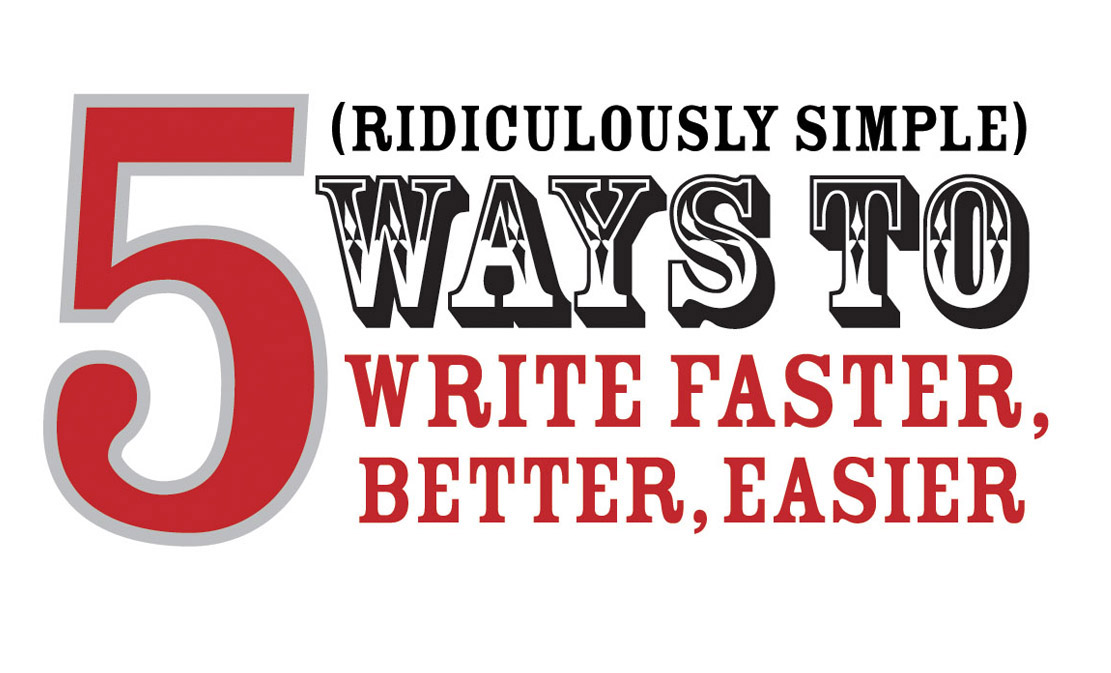Does Your Company’s Video Have a “Mismatch” Problem?
 Thursday, October 9, 2008 at 09:38PM
Thursday, October 9, 2008 at 09:38PM A “mismatch” problem?”
What the heck is that?
I had the same question as I watched Malcolm Gladwell’s recent video presentation at the 2008 New Yorker Conference.
What exactly is a “mismatch” problem?
According to Gladwell, a mismatch happens “…when the criteria we use to assess someone’s ability to do a job is radically out of step with the actual demands of the job itself.”

Malcolm’s main example points to how professional sports teams hope to draft the next future legends by measuring an athlete’s performance. The problem is these tests often fail. Why? Because the tests are measuring the wrong things. Real life is more complex than a series of tests.
Re-framing the “mismatch” problem
This got me thinking. What would happen if we re-framed Malcolm’s “mismatch” problem to your company’s video story? We would have something that looks like this:
A company’s video has a “mismatch problem” when the video story we think we need to produce is out of step with the video story our audience wants to know.
Does your company’s video have a mismatch problem?
It’s tempting to think you have the correct perspective (or criteria) to assess the demands of your audience. Perhaps you do; perhaps not.
How to avoid a mismatch
Here are a few questions you might want to think about to see if you have a mismatch or before your organization produces its next video:
- Is your brand assumption in alignment with your audience’s perceptions?
- Are your core values being expressed and resonating with your audience?
- Are your passionate employees sharing emotional content?
- Does your story reflect your audience’s expectations?
- Can you commit the resources to support your efforts and expectations?
So-
What do you think? Would you add or change any questions to this list?
---Tom
P.S. Originally posted on Tom's FastCompany.com column, "Let's See That Again!"






